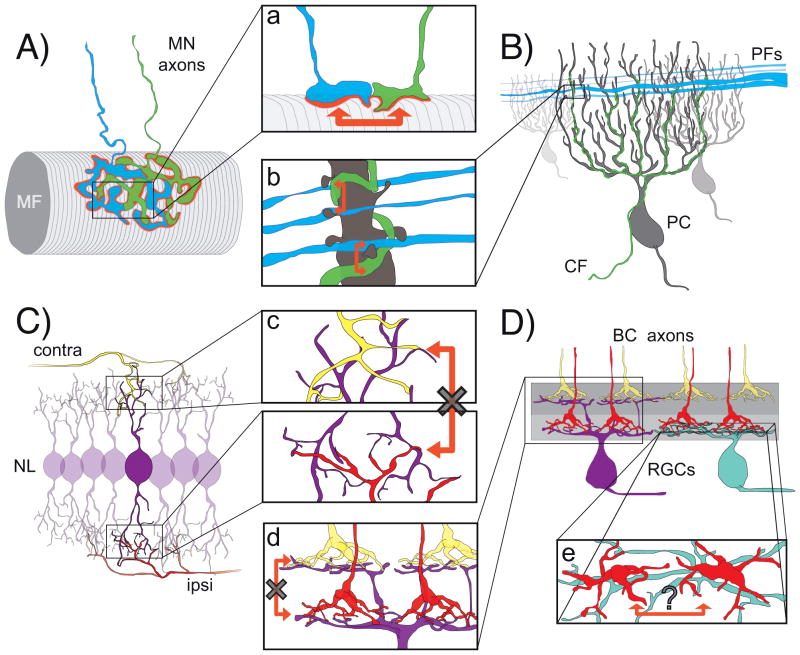Figure 5. Is neurotransmission-mediated circuit refinement dependent on input proximity?
A: Neurotransmission dependent elimination of motor neuron (MN) axonal inputs that initially overlap at the neuromuscular junction is thought to employ local ‘punishment’ signals (red arrows, a) [73]. MF, muscle fiber. B: Parallel fibers (PFs) make connections primarily onto the distal dendrites and a single climbing fiber (CF) innervates the proximal dendrites of cerebellar Purkinje cells. While climbing fibers are the first to innervate Purkinje cells, their territory becomes intermingled with the inputs of parallel fibers later in development. Disruptions to neurotransmission from either PFs or CFs result in a local take over of territory by the more active input (red arrows, b; [100]). C & D: Not all circuits with converging afferents display neurotransmission-mediated competition. C: Inputs representing the ipsilateral (ipsi) and contralateral (contra) ears contact separate dendritic arbors of Nucleus Laminaris (NL) neurons of the auditory brainstem. These inputs do not intermingle even during development. If transmission is disrupted in one set of inputs, synaptic takeover does not occur [101]. D: Similarly, in the mammalian retina, the axons of OFF bipolar cells (BCs) do not innervate the retinal ganglion cell (RGC) dendrites contacted by ON BC axons with suppressed transmitter release [64]. The apparent absence of activity-dependent mechanisms (crossed arrows in c,d) in shaping the selectivity of inputs in the NL and retina may be because distinct types of afferents in their circuits show little to no spatial overlap. The axonal arbors of neighboring BCs of the same subtype tile at maturity but whether or not these converging inputs intermingle during development, and utilize neurotransmission to determine their relative territories has yet to be determined (e, en face view of the retina).

